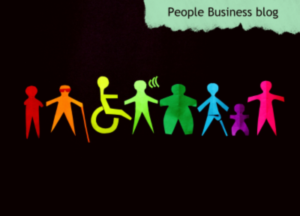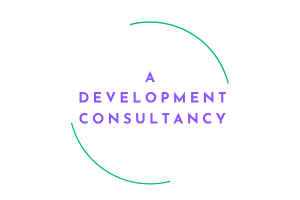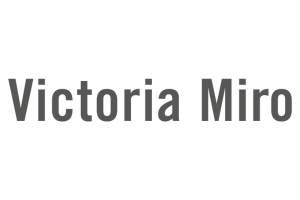Belonging: the Goal of Diversity and Inclusion
 There is a famous quote by Verna Myers, a leading diversity and inclusion expert that says, “Diversity is being invited to the party. Inclusion is being asked to dance.”
There is a famous quote by Verna Myers, a leading diversity and inclusion expert that says, “Diversity is being invited to the party. Inclusion is being asked to dance.”
But who wants to passively wait to be asked to dance? True belonging means being asked for input into the playlist and feeling free to ask anyone you want to dance with you.
This analogy sums up the difference between being included and feeling as if you belong – and those differences matter.
Why is the feeling of belonging important?
While inclusion is usually an action, belonging is more of a feeling. Whilst inclusion is often referred to as “having a seat at the table”, belonging is about having a respected voice at that table – a table where everyone exchanges and debates, where everyone ensures that all participants have an opportunity to contribute, and where others’ ideas and views are sought out.
Everyone needs to feel as if they belong when they are part of diverse teams. Research has repeatedly shown that diverse teams are more productive and innovative precisely because of the different points of view that people hold. To innovate, you need to encourage the expression of differences. If you look around and everyone is like you, chances are everyone will have the same point of view, making it more difficult to come up with innovative ideas.
To feel you belong does not mean you fit in because you are just like everyone else. It means you fit in because your uniqueness is part of what makes the team more effective as a whole.
Top tips to develop a sense of belonging
So how can you develop a sense of belonging in your team? Here are People Business’ top tips:
1. Do your own work first
Look inward – listen to yourself, to your own biases and question your assumptions and reactions. You can then turn to your employees, opening space for challenging conversations and listening with empathy and understanding.
2. Encourage open communication
This is the best asset in building an environment that helps people feel secure, accepted and supported. Allow people to respectfully bring up any issues that they notice in the workplace and, rather than just issuing apologies, actively draw up solutions.
3. Empower people
Create an environment that encourages people to speak up. Employees should have no apprehensions in being open with their ideas, because they know that they’re in a safe space to share ideas without receiving a biased reception.
4. Use inclusive language
Inclusive language is communication that proactively uses words, phrases and expressions that are welcoming. Inclusive language encompasses emails, marketing material, social media, websites, and other forms of communication, such as imagery. A few examples: ‘team’ instead of ‘guys’, ‘double check’ rather than ‘sanity check’, ‘sexual orientation’ as opposed to ‘sexual preference’, ‘reject/approve’ versus ‘blacklist/whitelist’.
5. Be mindful of gender classification
More and more, people are using the pronoun ‘they’ rather than ‘he/she’. Check job adverts, policies, etc. to ensure that any reference to ‘he/she’ is changed to ‘they’.
6. Implement dignity at work training*
Tailor the training to your organisation and your employees so they can address issues specific to them.
7. Prioritise connection
Leaders must spend time getting to know their team members, to really connect with them, in order to help people feel secure, accepted and supported. Connect with people to get them to open up to you; listen when they have concerns or issues and help them find solutions that leave them feeling respected and supported.
8. Avoid micromanagement
Micromanaging has the power to destroy relationships and cause good employees to leave. Demonstrate that you are available to help when they need it but allow people the opportunity to overcome issues on their own before they seek help.
9. Learn from mistakes
Creating a culture where people belong but also in which they can be unique can be a hard balance to strike. Along the way, people will feel uncomfortable and mistakes will be made… but that’s ok. It’s important to view that as progress – it’s to be expected when you move beyond a cerebral approach to diversity and inclusion to a place that captures people’s hearts.
Remember, the goal is to make sure all team members feel they belong, and not just that they are included. You want to support people in expressing their different points of view. You want everyone in the team to get up and dance and not wait to be asked.
*Please contact us if you would like to learn more about our Dignity at Work training, which can either be provided as eLearning or face to face.




